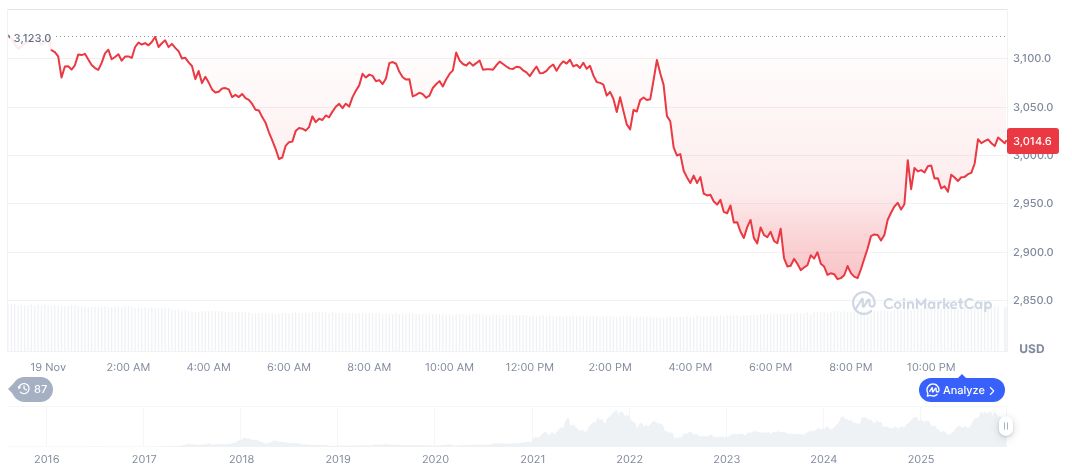Key Concerns for Cryptographic Security
Ethereum co-founder Vitalik Buterin has issued a stark warning regarding the potential threat of quantum computing to current cryptographic systems, specifically highlighting the year 2028 as a critical juncture. This pronouncement, made at the Devconnect conference, has ignited significant debate within the cryptocurrency industry about the future security of blockchain technologies, including Bitcoin and Ethereum. The industry is being urged to accelerate its transition towards quantum-resistant solutions to safeguard digital assets.
The Imminent Quantum Threat
During the Devconnect conference, Vitalik Buterin articulated a serious concern: quantum computers may possess the capability to break elliptic-curve cryptography, which serves as the foundational security layer for Ethereum and a vast majority of modern digital systems, potentially by 2028. He emphasized the urgency for the industry to migrate to quantum-resistant technology. Buterin's warning is echoed by numerous experts who acknowledge the imminent risk that quantum computing poses to Bitcoin and other digital assets.
The primary focus for the industry is the transition to quantum-resistant cryptography. While projections for quantum computing advancements vary, a consensus among many experts supports Buterin's timeline, underscoring the necessity of a cryptographic migration by 2028. Buterin stated, "Quantum computers will be able to break elliptic-curve cryptography, the foundational security layer of Ethereum and most modern digital systems, possibly before the 2028 U.S. election.... The time to prepare is now." Concurrently, some physicists project a more gradual increase in quantum capacity, which might delay massive security breaches but still present a potential risk over an extended period.
Market reactions have been diverse, with cryptocurrency analysts and industry figures acknowledging the potential dangers outlined by Buterin. For example, Tom Lee has shared relevant reports to underscore the significance of quantum risks for institutional investors. In response, some firms are proactively intensifying their efforts in developing quantum-resistant modules and technologies.
Historical Context and Market Response
The concern that quantum computers could pose a threat to cryptography is not a new development; discussions on this topic have been ongoing since the mid-2010s. Similar warnings emerged after Google achieved a significant quantum milestone in 2019, yet the market exhibited minimal immediate reaction until more recently.
As of November 20, 2025, Ethereum (ETH) is trading at $3,031.29. The market capitalization stands at 365,864,931,998 with a trading volume of 41,182,734,536, indicating a 15.86% shift within the past 24 hours. Ethereum's price has seen a decline of 0.99% over the last day, 12.54% in the past week, and over 21% within the month.

Experts highlight that the potential long-term outcomes stemming from the quantum threat, as the technological focus shifts, include significant enhancements in cryptographic systems. These advancements are crucial for maintaining security and trust in blockchain technologies. A substantial transition in cryptographic techniques could fundamentally reshape industry security standards.

